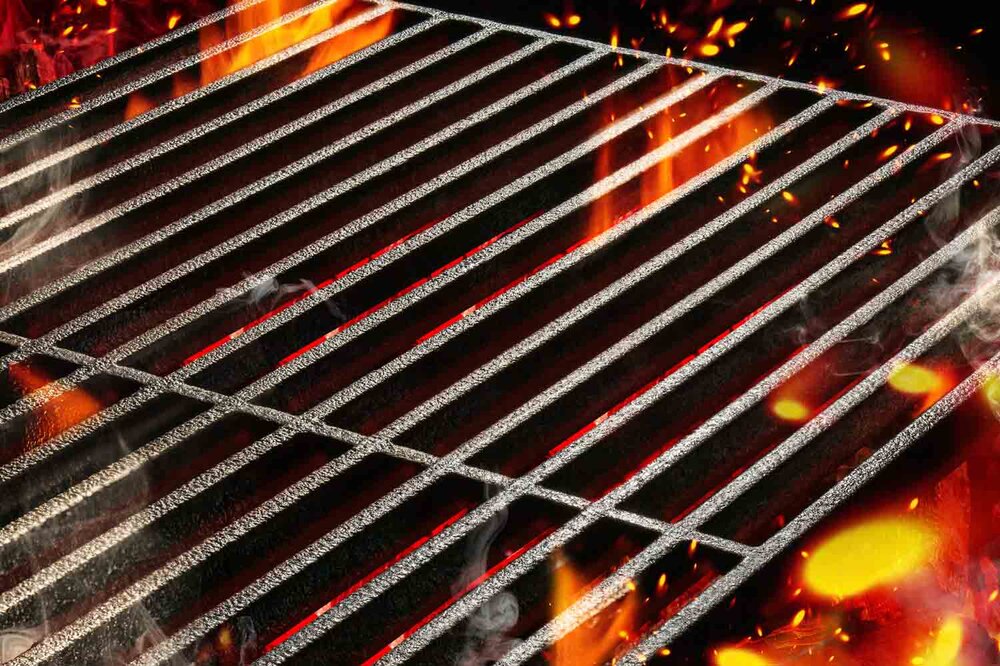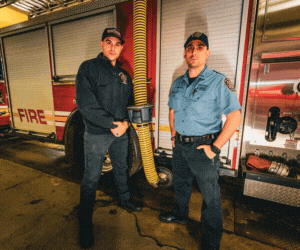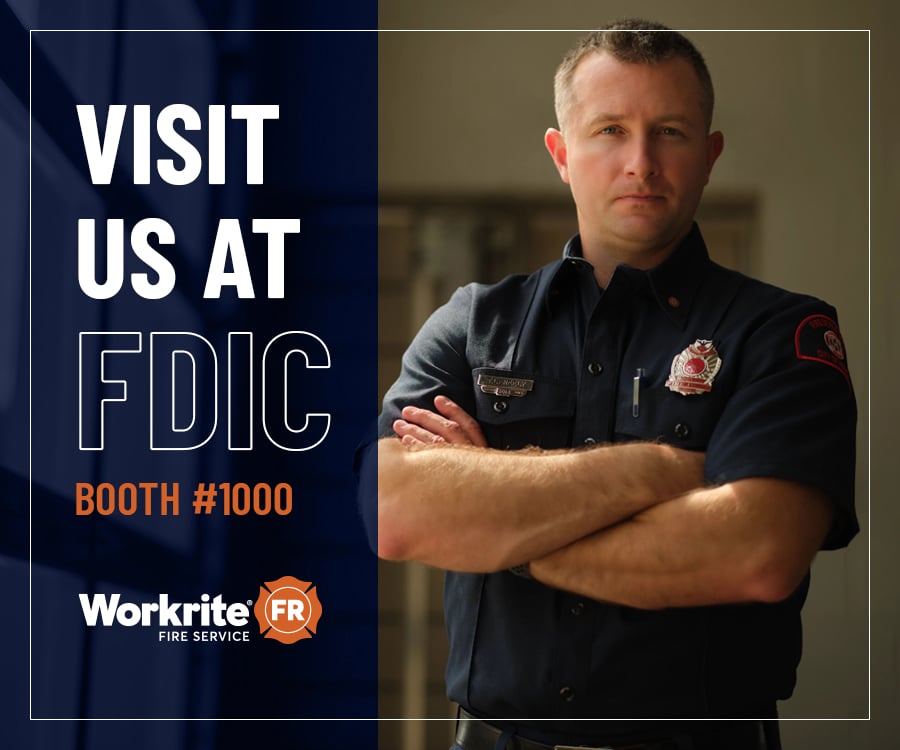CHOOSING A GRILL

By John McKenzieThese days, consumers have more choice than ever, and barbeque season is no exception. Looking askance at your rust-encrusted grill at home? Thinking about getting one for the fire hall?
Consider fuel. Gas (propane or natural gas), charcoal and electric are the three basic fuel types. Choosing the right type depends on balancing the benefits and drawbacks of each. Gas barbeques get hot fast, and temperature can be adjusted on the fly. On the downside, they can only be used outdoors, and some places limit their use. While both natural gas and propane are good options, don’t forget the portability of propane — good if you want to lug your grill to the cottage or the campsite.
Charcoal barbeques speak to the grilling traditionalist. They take longer to come to temperature but lend that quintessential aroma to the air and flavour to your food. Today’s charcoal barbeques offer more sophistication than before, like adjustable vents which speed up or slow down combustion, acting like a temperature control. They can be used in places that limit gas barbeque use but can also only be used outdoors.
Electric barbeques take longer to heat up, but they can be used both indoors and outdoors, and therefore, can be used throughout the year. While the cooking process is slower, it also provides a smoke- and fume-free experience.
Once you’ve settled on the type of barbeque, consider heat. More heat means higher temperature which means quicker cooking. If you’re on a schedule or plan to serve a lot of people, a grill with high BTU (British Thermal Units) is a good choice. Today’s gas barbeques provide between 25000 and 60000 BTUs, and electric barbeques cook with between 1500 and 2400 Watts.
Cooking surface area is also important to think about and is related to the number of people you’re serving. The higher the number of people, the more cooking surface area you’ll want. Just remember that a larger surface area will require more cooking power (think BTUs or Watts) because the heat is distributed over a bigger area. A big grill that delivers low BTUs will likely undercook your food.
There are many other factors to consider. Start with these tips and consult in-store experts for advice. What difference does burner quantity and shape make? What’s the advantage of side or back burners? What about heating elements, grate material, ignition systems and storage? Regardless of where your new grill will sit, remember your grilling environment and, as always, safety comes first. Consider: what’s the weather like now and recently? Do you have good lighting and reliable tools? Anything flammable nearby? Are there kids or pets running around?
Choose the right grill and you’ll be savouring that burger in no time.
Photo By iStock ImagesPodcast
Contests & Promotions
















